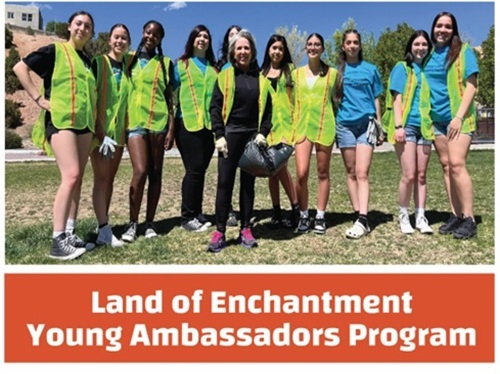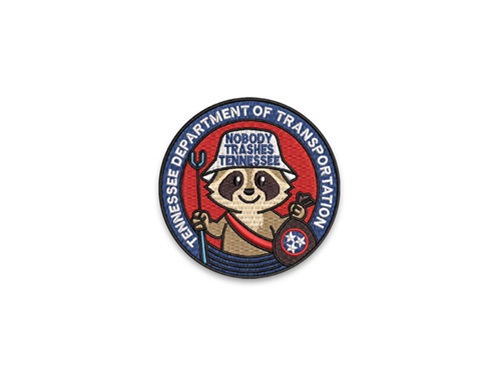The Colorado Department of Transportation recently celebrated the 20th year of its “Safe Routes to School” program by hosting a “Walk and Roll to School Day” for kindergarten through 12th grade students on October 8; one of the many ways the agency seeks to promote active transportation as a way to create healthier, more connected, and safer communities.
[Above photo by Colorado DOT]
Established in 1997 as part of the “International Walk to School Day” program, Colorado’s “Walk and Roll to School Day” is also part of a global initiative where children from more than 40 countries who all walk to school on the same day.
For the 2025 “Walk and Roll” event, Colorado DOT distributed 20,000 free stickers upon request along with commemorative 20th anniversary posters printed double-sided in English and Spanish.
“This is the 20th year for Colorado’s Safe Routes to School program, which has encouraged students to be more physically active and helped motivate them to instill healthy habits that can also translate into enhanced performance in the classroom,” said Shoshana Lew, Colorado DOT’s executive director, in a statement.
“Safe Routes to School also improves safety through our grant program, which provides funding to improve infrastructure around schools, like for new sidewalks and signage, signalized crosswalks, and better lighting,” she added. Those efforts dovetail with the agency’s updated Statewide Active Transportation Plan that seeks to beef up safety and convenience for pedestrians, bicyclists, and others engaged in non-motorized mobility. That plan – a draft of which was offered for public review in July – is viewed as an ambitious update to the agency’s 2012 Statewide Bicycle and Pedestrian Plan. Meanwhile, across the country, state departments of transportation support a wide variety of active transportation initiatives, including “Safe Routes to School” endeavors. For example, in September, the Maryland Department of Transportation issued 26 grants totaling $8.2 million for 25 bicycle, pedestrian, and trail projects statewide; funding the agency said will help state and local partners improve safety, enhance sustainability, and boost economic development.
Maryland DOT added that those fiscal year 2026 grants include more than $6.2 million in federal funding for 14 projects through the Transportation Alternatives Program and Recreational Trails Program and nearly $2 million in state funding for 12 projects through its Kim Lamphier Bikeways Network Program. In August, the Washington State Department of Transportation issued a total of $15.8 million to support 15 active transportation projects statewide via its Sandy Williams Connecting Communities Program or SWCCP, named for the late community organizer who worked to reconnect her East Central neighborhood in Spokane after the construction of I-90 split the community in half.
The agency said that SWCCP grants aim to help communities develop and build infrastructure that enables safer walking, biking, and rolling along and across current and former state highways while reducing greenhouse gas emissions. This spans everything from constructing sidewalks, bike paths, and biking trails to developing community engagement processes, WSDOT noted. The program, now in its third year, prioritizes communities and tribes most affected by environmental health disparities and by barriers to opportunity, the agency said.
Finally, the Ohio Department of Transportation plans to issue nearly $52 million in grants over the next four years to improve safety for bicycle and pedestrian traffic through the state’s Transportation Alternatives Program; supporting 44 projects in 33 counties.
 Public Involvement
Public Involvement
NMDOT Names 14 ‘Land of Enchantment Young Ambassadors’
November 19, 2025 Public Involvement
Public Involvement


